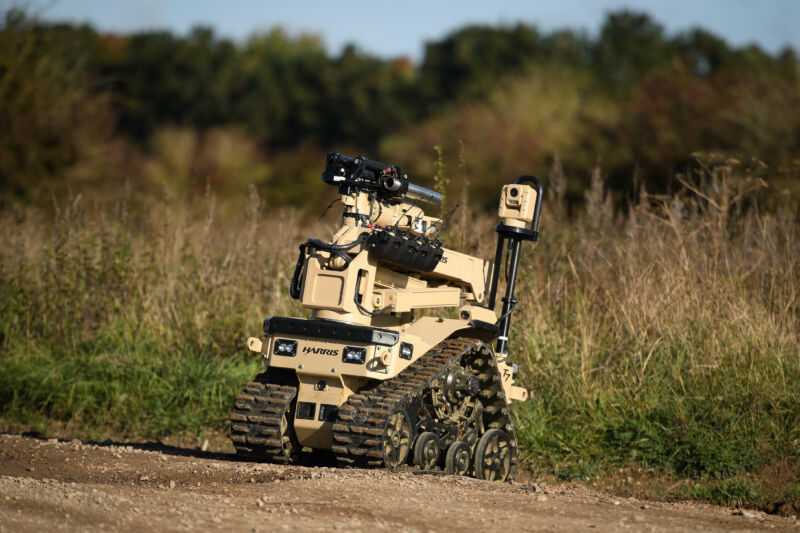
Welcome to a special edition of the Ars Technicast! Ars has partnered with Northrop Grumman to produce a two-part series looking at the evolution of connectivity on the modern battlefield—how the growing ubiquity of sensors and instrumentation at all levels of the military is changing the way we think about fighting. You can listen to part one right here. (A transcript of the podcast is available at this link.)
We all know what the Internet of Things is, even though that’s always been kind of a nonsensical name—it’s the idea that adding smarts and sensors to formerly “dumb” devices like refrigerators and washing machines and coffee makers creates an overlapping interconnected network of physical devices. The central concept is linking together physical objects by some kind of data stream, and as it turns out, the military has been going down a similar road of increased connectivity for many years.
But mo’ connectivity, as they say, means mo’ problems, and there have been many past efforts to try to get to about where we are today (some highly publicized). All have encountered issues that run the gamut from the physical to the logistical.
However, there’s reason to believe that this time around, things will be different. For one thing, we’re in the middle of a genuine revolution in machine learning and the ability to algorithmically sort massive amounts of data at scale—the kind of scale that you might encounter when dealing with a military theater containing thousands of troops and potentially hundreds of thousands (or even millions) of individual sensors.
To talk about the military IoT and the connected battlespace, we sat down for a chat with Scott Stapp, the newly minted Chief Technology Officer of Northrop Grumman. (No, not that Scott Stapp.) As a former brigadier general and Department of Defense staffer, Scott has been in a position to watch the development of the military IoT concept, and is uniquely positioned to discuss the future of connected warfighting.
If this topic interests you, then make sure to check back next week for part two of the series, where we focus in on the role of open systems in connecting together all the different moving pieces required to make the connected battlespace function. You can also get more episodes of the Ars Technicast here:
